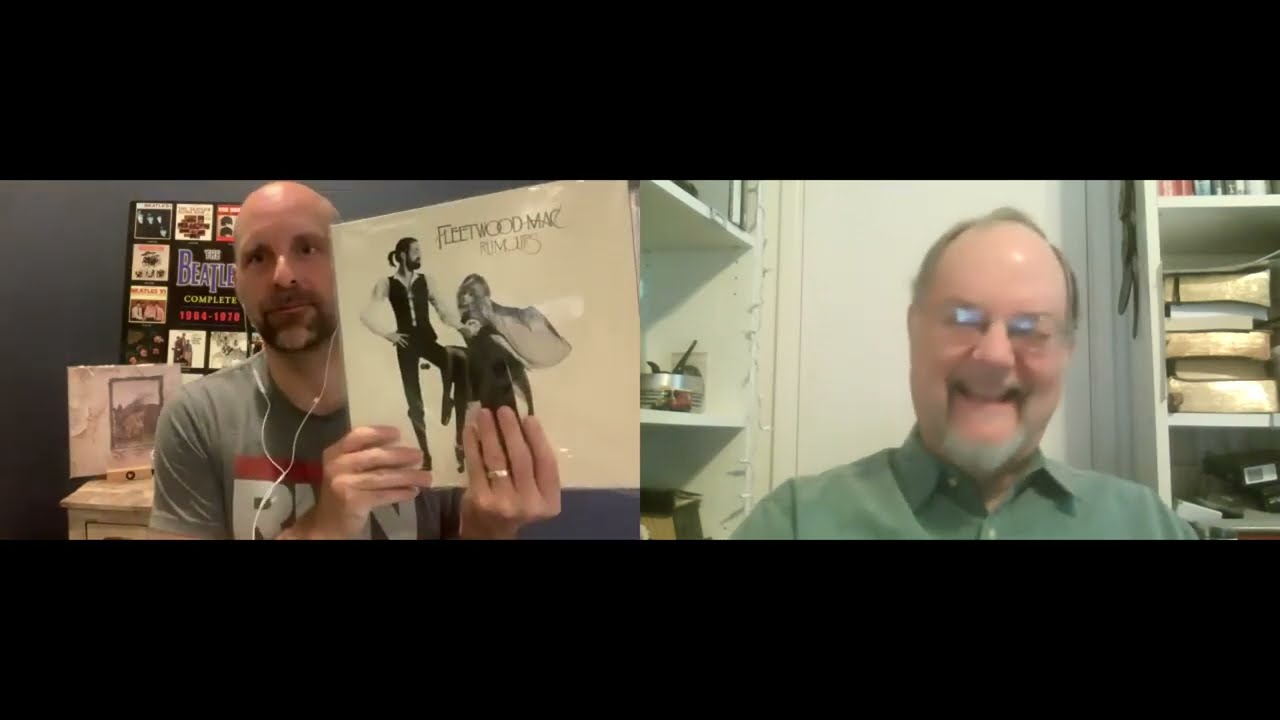http://www.thewelltemperedcomputer.com/KB/DSD.htm
“I can’t help but wonder if what’s happening here is like tube amps and analogue playback (eg. vinyl). Objectively the DSD conversion adds distortion but the anomalies are not perceived as objectionable and in some material, the added noise and imprecision actually makes it sound less “sterile”, “clinical”, more “real” (conversely being in an anechoic chamber is disturbingly unreal due to the profound silence). It would make sense to me that some people could prefer DSD64 over DSD128 upconversion since DSD64 will give you more of that distortion. Even though the noise is ultrasonic in nature as measured off the DAC, nonlinearities in the playback system like your headphones and speakers (perhaps certain amps as well) could create audible intermodulation. Maybe for certain music, this could be especially beneficial.”
But, what are we actually listening to?
“Steve Guttenberg’s “As We See It” article titled Communication Breakdown touches on the supposed ills of dynamic range compression (see Loudness War). He starts off with a provocative statement: “Classical and jazz notwithstanding, an awful lot of new music is highly compressed, processed, and harsh, and it’s about time we got used to it.” He then talks about some “superstar producer” not liking his suggestion to have 2 mixes (crushed & non-crushed). Then he reminisces about childhood tinkerings with AM radio and how he likes the background noise slightly mistuned (hey I liked it slightly higher pitched when mistuned but can’t say I liked the noise, just more as “tone control”). Then there’s a little history lesson on distortion in rock & roll. Then a little something about analogue distortion vs. digital distortion. Then he basically says he has learned to enjoy the music “through the grit”. So… I guess it’s okay then to accept compressed and distorted music (including many jazz and soundtracks these days).”


